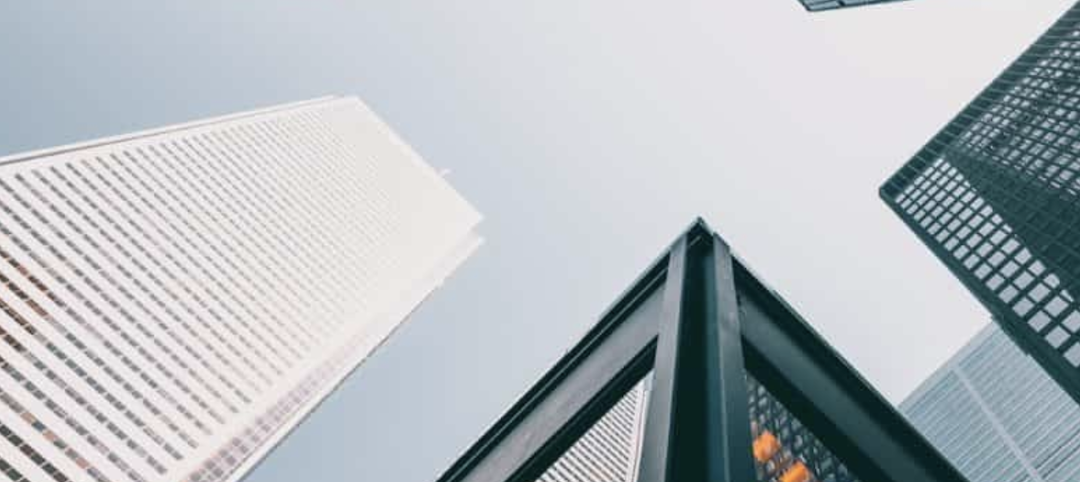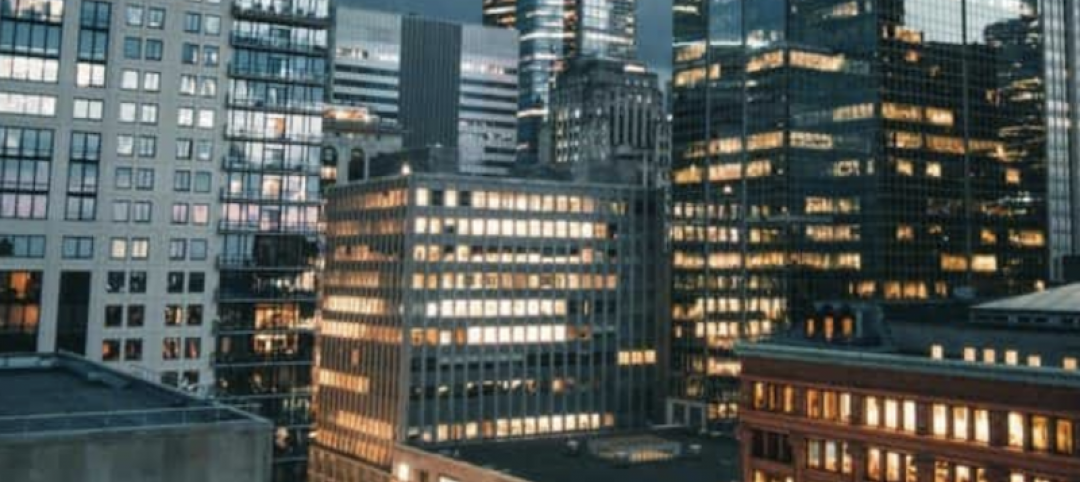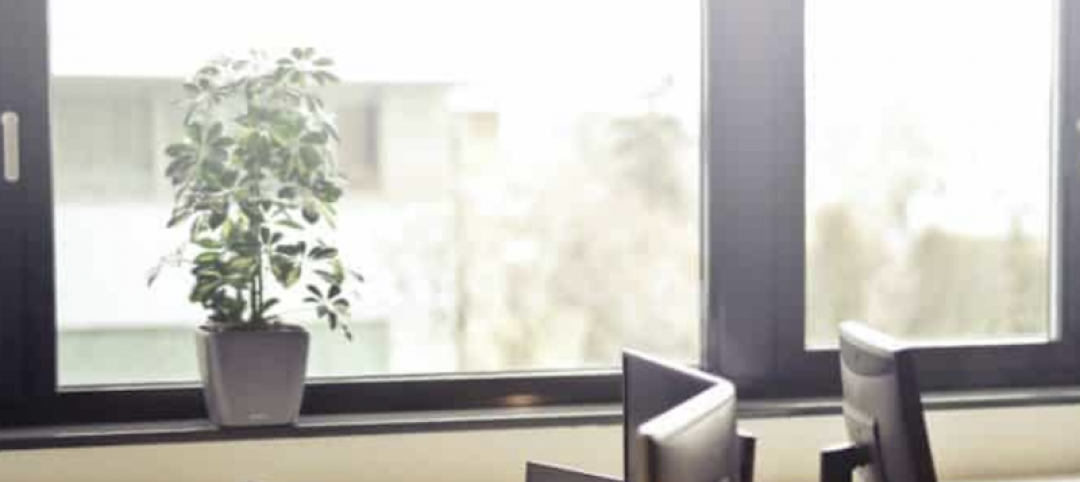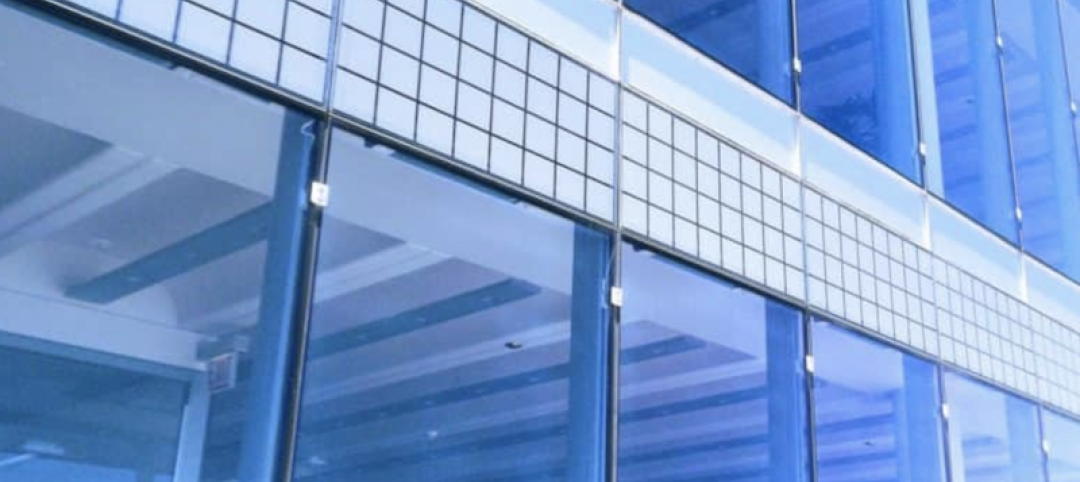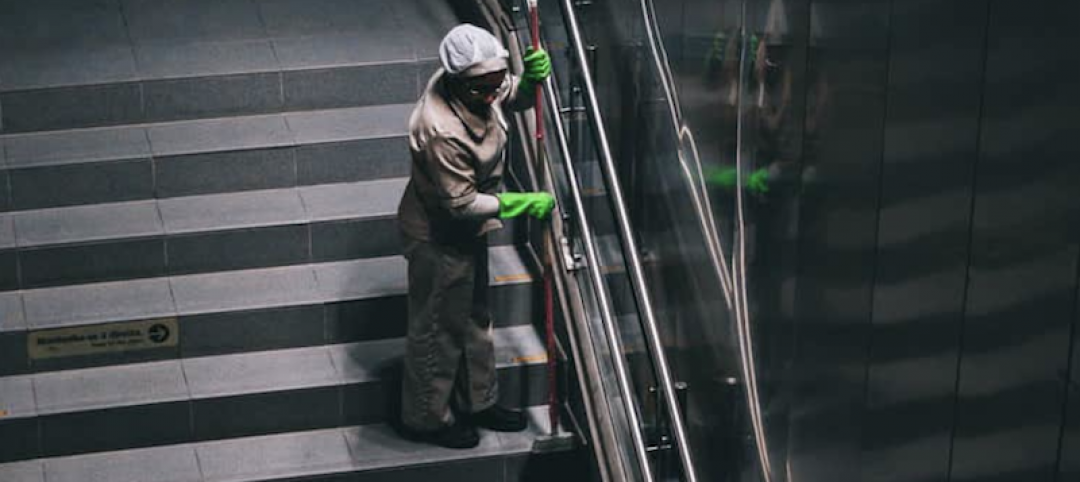The wake of COVID-19 has forced a shift from wellness in the built environment as a perk or optimization to wellness as an essential strategy to gain tenant trust. Tenants are demanding that wellness be prioritized, spotlighting healthy work environments as we have never seen before. This shift is driving owners and operators to think about new ways that their buildings need to operate.
It’s urgent that these discussions that typically focus on design issues expand to address building operations. Building operations strategies can be implemented now, even as the design questions are explored. Three operational issues that must be prioritized for every building in order to achieve tenant trust are air quality/ventilation, relative humidity, and building commissioning.
Air quality
We are still learning exactly how COVID-19 is transmitted, and we know air quality is top-of-mind for building occupants. Whether COVID-19 is significantly transmitted via airborne particles or not, to trust that a space is healthy, tenants expect optimized ventilation systems and improved air quality. Therefore owners need to prioritize ventilation. How?
- Increase the amount of outdoor air circulating in the buildings. This has shown to dilute airborne contaminants and decreases disease transmission rates in other studied diseases (source).
- Air filters are an excellent way to trap pathogens. However, COVID-19 is an extremely small pathogen so air filters can’t completely keep the virus out of circulating air. Operators should investigate employing upper-air UV-C fixtures, which can quickly destroy microbes and reduce the time infectious agents spend circulating in the air. (source)
Relative humidity
Evidence suggests that viruses are less likely to survive in high-humidity environments. Per this ASHRAE position document on airborne infectious diseases, “Many HVAC systems can control indoor humidity and temperature, which in turn can influence the transmission of infectious agents.” While the role that relative humidity will play in protecting spaces from the spread of COVID is still being understood, it’s a point of significant attention as plans develop for post-COVID strategies. In fact, The Center for Active Design recommends that building operators regulate the building’s humidity from 40% to 60%.
Commissioning
The building should be commissioned before any owner or operator considers changes to their building’s mechanical systems. Commissioning will verify that the building’s equipment and systems are properly functioning and have the enhanced capabilities needed to address the public health considerations.
We’re in this together
We are helping owners use wellness to build confidence among tenants and build resilience into the property and business. We are addressing wellness requests for services like building commissioning, wellness strategy workshops and roadmaps, and risk assessment.
Businesses large and small are struggling to prepare for the world’s reopening. What we do know is that heading back to work will have a new meaning for tenants, employees, property managers, and property owners. There are still so many strategies to explore and prove out. Firms that implement operational wellness strategies like these in their buildings will signal to the market that they are taking the appropriate measures to combat COVID-19.
Our team is here to help you through it.
Additional Resources:
More from Author
Paladino | Jan 10, 2022
The future of regenerative building is performance-based
Why measuring performance results is so critical, but also easier said than done.
Paladino | May 26, 2021
Injecting embodied carbon capability into the integrated design and construction process
Embodied carbon is defined as the carbon footprint of a material, and is expressed in metric tons of CO2e.
Paladino | May 12, 2021
Climate modeling for a resilient business and future
This post explores changes that developers and their teams need to make to their risk and resilience strategies by climate modeling for climate change.
Paladino | Apr 26, 2021
Building performance requirements are coming: Are you ready?
Building Performance Requirements are trending nationwide and are likely coming to a county near you.
Paladino | Feb 8, 2021
Six lessons learned from our first Fitwel Viral Response Module certification
The Fitwel Viral Response Module is one of several frameworks that real estate owners and operators can use to obtain third-party certification for their efforts ensuring their properties are ready for a safer and healthier return to work.
Paladino | Jan 14, 2021
Shift your energy to carbon
Now is the right and necessary time for the commercial real estate industry to shift its environmental strategy from just energy, a carbon contributor, to carbon itself.
Paladino | Nov 13, 2020
5 tips when designing for daylight
Daylight modeling is a tool to examine how daylight interacts with a building, and how that natural light behaves within interior spaces.
Paladino | Jul 16, 2020
COVID readiness: IWBI and USGBC seek to help businesses quantify risk
In an effort to address the risks of COVID-19 at the building scale, USGBC and IWBI have analyzed existing certification guidelines and drafted new, relevant content.
Paladino | Apr 1, 2020
Green cleaning and the coronavirus
If your cleaning teams use bleach to disinfect buildings from Coronavirus, will you put your LEED certification at risk?


